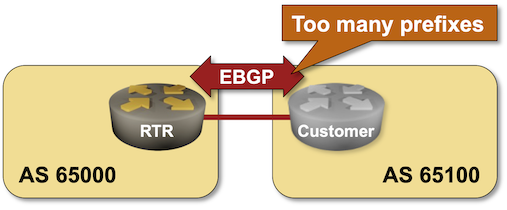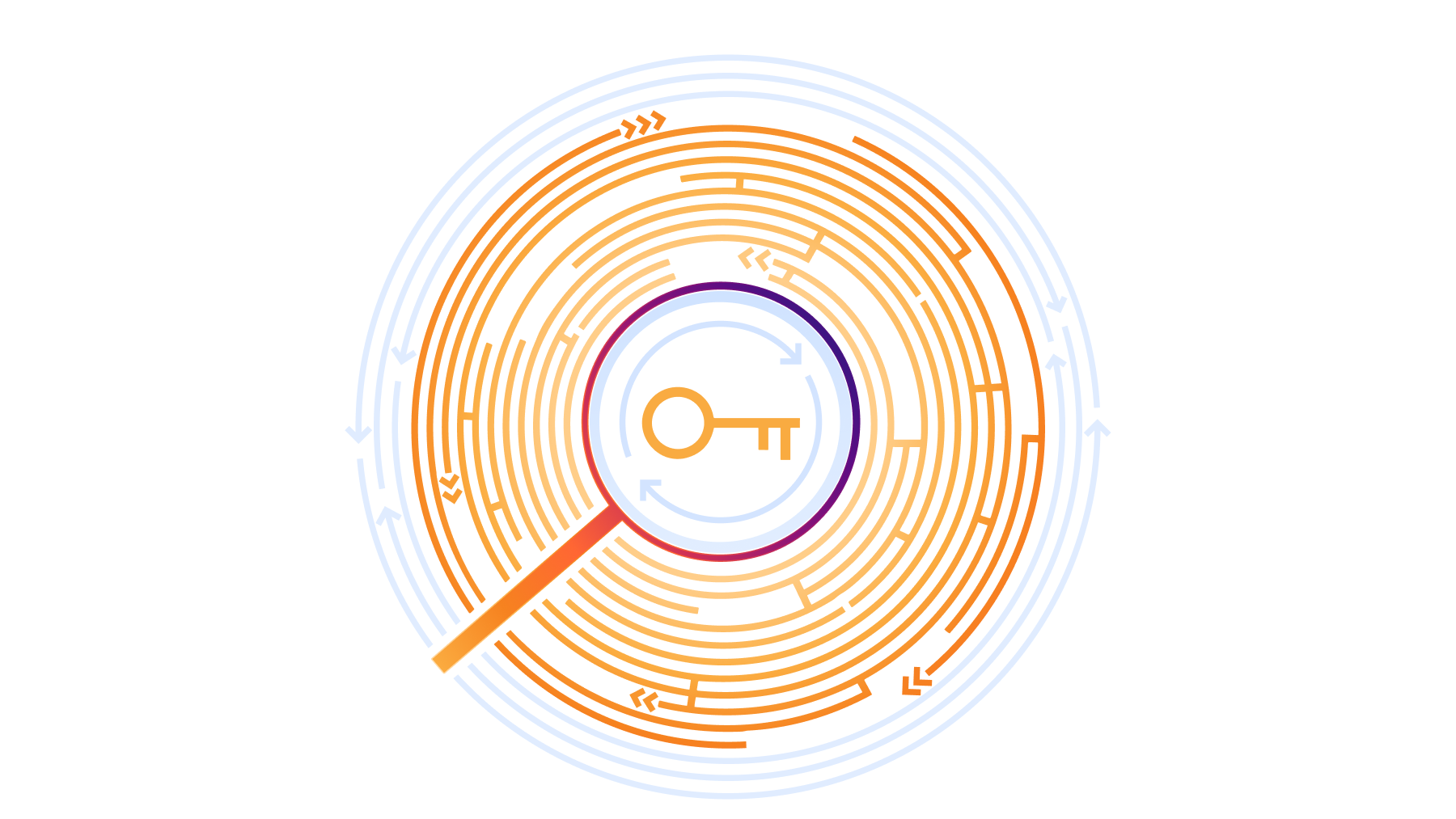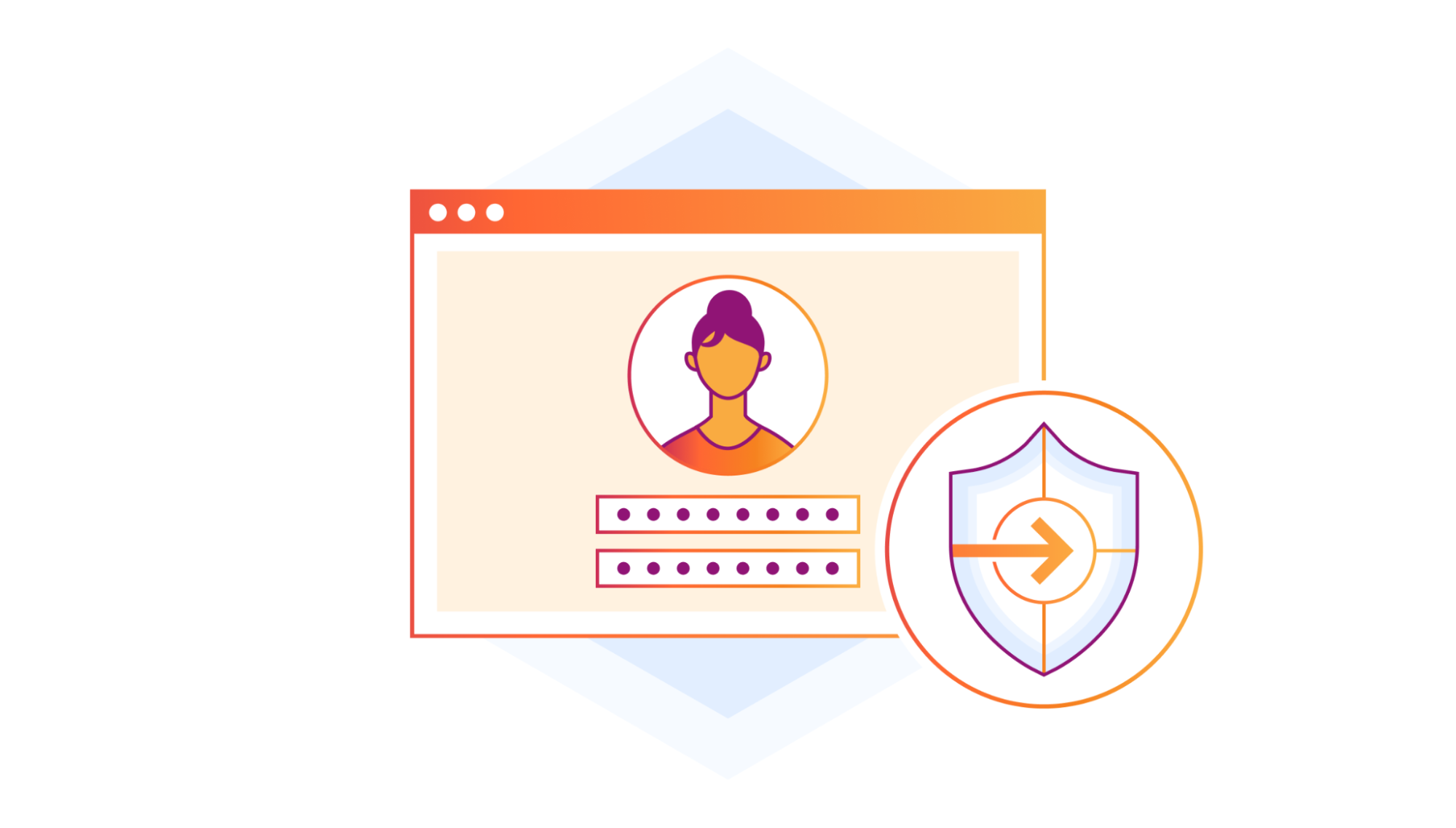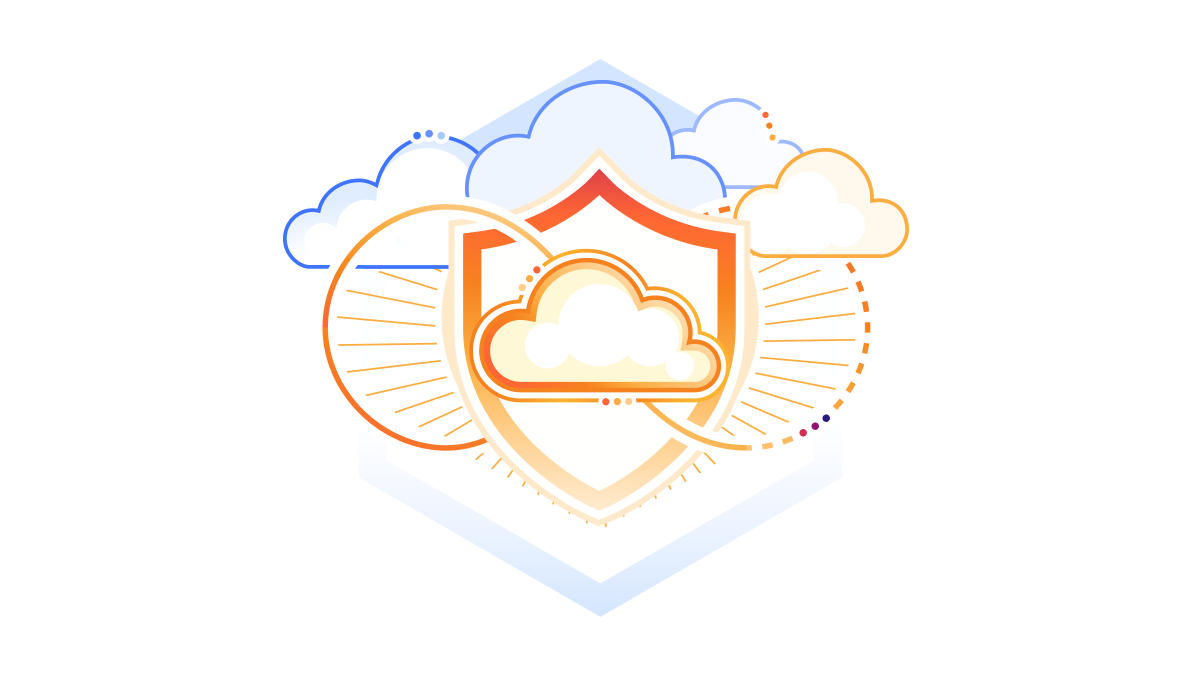0

About this series
Ever since I first saw VPP - the Vector Packet Processor - I have been deeply impressed with its
performance and versatility. For those of us who have used Cisco IOS/XR devices, like the classic
ASR (aggregation services router), VPP will look and feel quite familiar as many of the approaches
are shared between the two. Thanks to the [Linux ControlPlane]
plugin, higher level control plane software becomes available, that is to say: things like BGP,
OSPF, LDP, VRRP and so on become quite natural for VPP.
IPng Networks is a small service provider that has built a network based entirely on open source:
[Debian] servers with widely available Intel and Mellanox
10G/25G/100G network cards, paired with [VPP] for the dataplane, and
[Bird2] for the controlplane.
As a small provider, I am well aware of the cost of IPv4 address space. Long gone are the times at
which an initial allocation was a /19, and subsequent allocations usually a /20 based on
justification. Then it watered down to a /22 for new Local Internet Registries, then that became a
/24 for new LIRs, and ultimately we ran Continue reading








